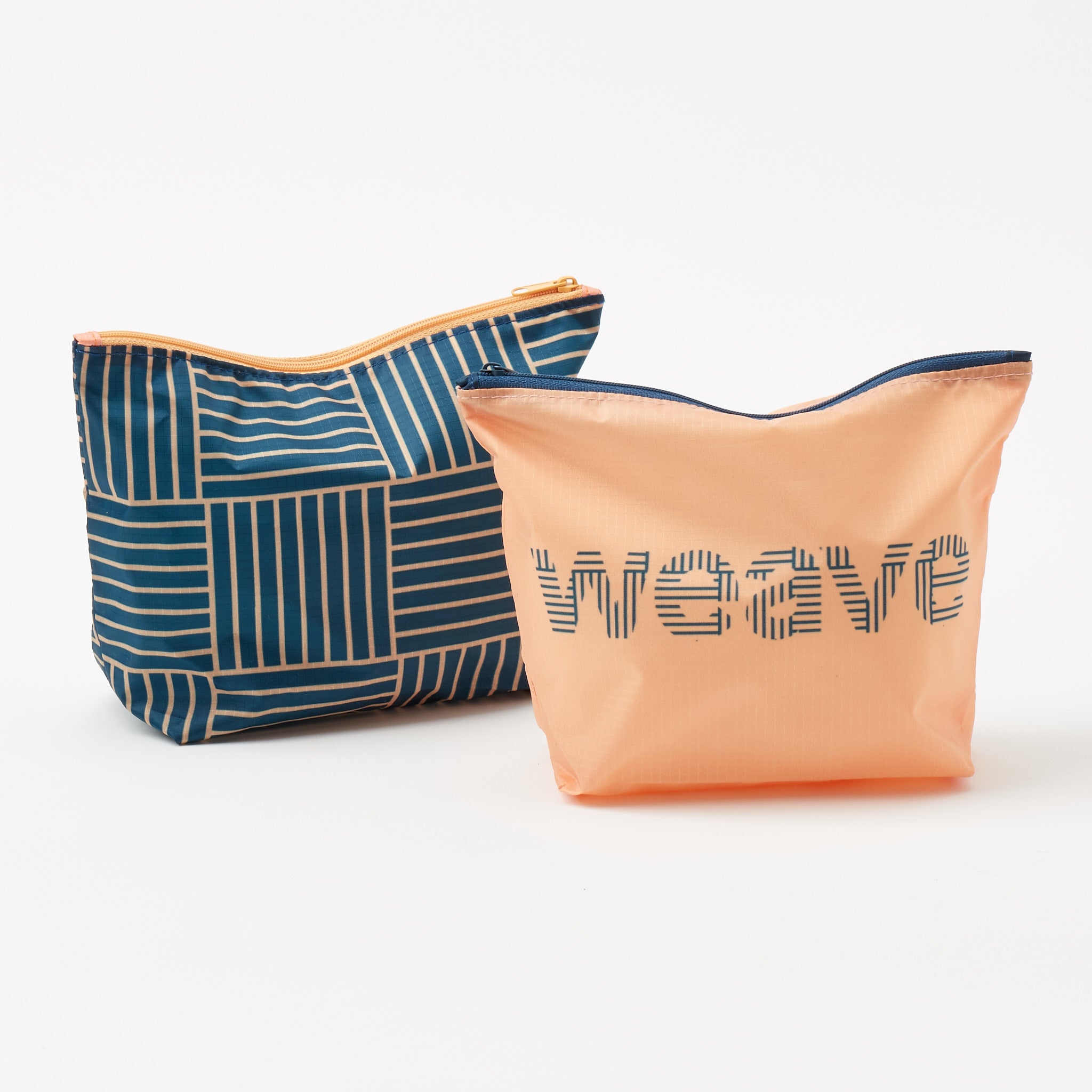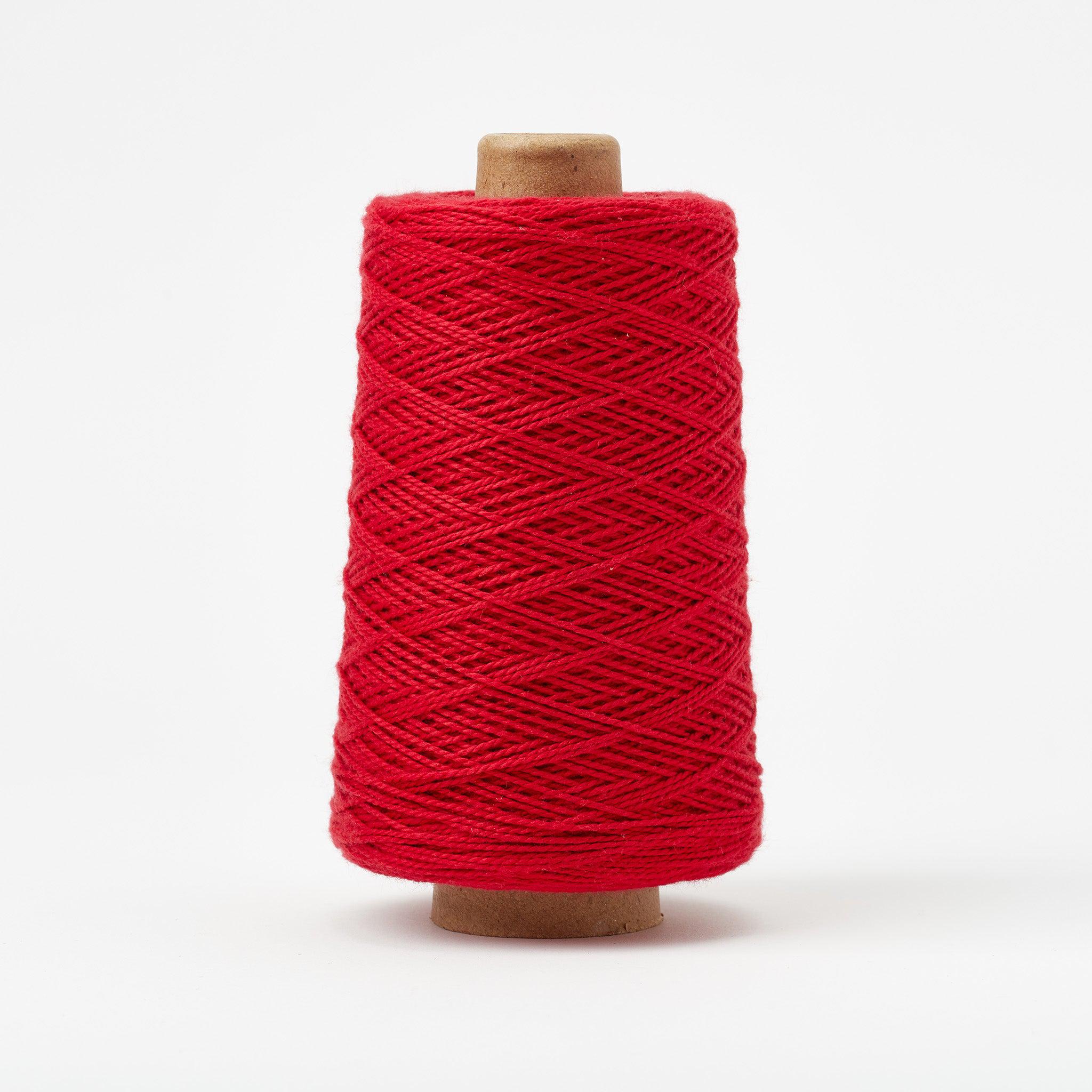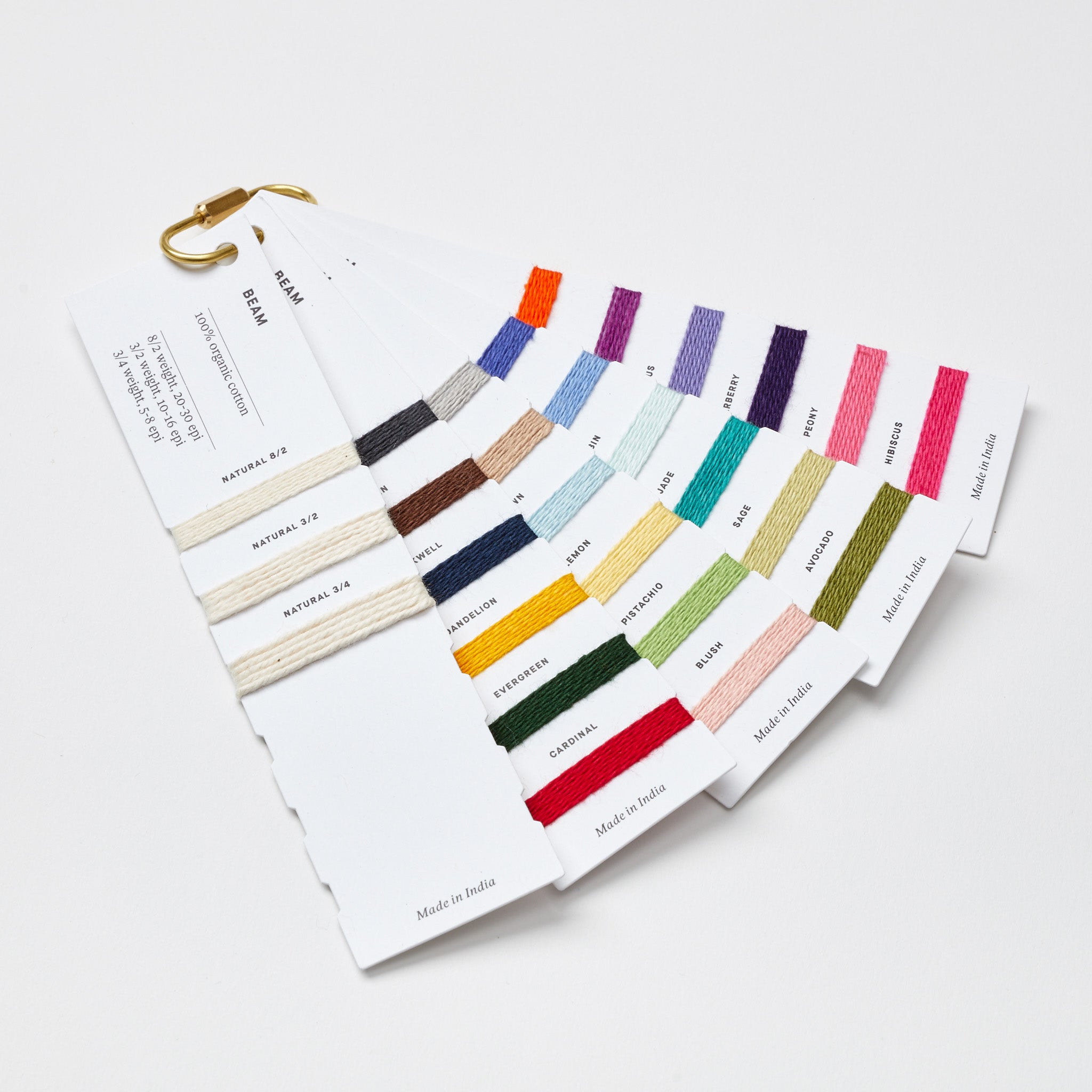Shopping Cart
*continental US addresses only

*continental US addresses only
Your Cart is Empty





Are you ready to dive into a whole new world of yarn and fiber? Rigid heddle looms are a perfect gateway to learning the wide and wonderful world of weaving. This introduction will help get you started.
A rigid heddle loom has a firm, rigid frame called a rigid heddle reed (sometimes referred to just as the “heddle” or just as the “reed”). The rigid heddle has slots and holes through which yarn is threaded to create a warp—you can think of the warp as the canvas for your weaving.
Rigid heddle looms are often smaller, more portable, and budget-friendly than multi-shaft floor or table looms. A rigid heddle loom is a great introduction to handweaving, but also a wonderful tool for experienced weavers interested in trying out new techniques.
The yarn in the slots of a rigid heddle loom can move up and down freely while the yarn in the holes stays relatively fixed with tension. Raising and lowering the heddle creates a “shed,” an open space between the slot threads and hole threads.
The weaver creates cloth by using shuttles to pass the weft yarn back and forth across the rigid heddle loom. You can weave plain weave in this way, or use pick-up sticks or double heddles to make a more complicated pattern.
The rigid heddle reed functions as both a heddle and a reed combined—on a multi-shaft loom the heddles and reed are separate.
The width of your rigid heddle loom indicates the widest possible project you can weave on it. A 10”, 15”, or 16” wide loom is most suitable for scarves. On a 20” wide loom you can weave placemats and hand towels. A 30” wide + loom will allow you to create shawls and even fabric yardage for sewing.
When thinking about size, you should first and foremost think about what cloth you are most excited to weave, and the width of those projects. You can weave narrow projects on wide looms, but you can't weave wide projects on a narrow loom! You also want to keep your arm span and ability to smoothly control a longer reed in mind—a very wide loom can be a little bit trickier to work with.
Rigid heddle looms come with reeds in a range of sizes, from 2.5 dents to 15 dents. A “dent” equals the number of threads per inch of warp yarn. A 12-dent reed will have 6 slots and 6 holes per inch allowing you to thread 12 warp ends per inch.
Having a variety of reeds will give you a greater diversity of thicknesses of yarn (warp threads) to work with. The lower the dent size, the thicker the warp yarn you need, the higher the dent size, the thinner the warp yarn you need. Our Ashford and Schacht Rigid Heddle Loom Starter Kits each come with three of our most popular reeds, so you can have a great variety to start with.
Each one also comes with a second heddle kit, so if you choose to try double heddle weaving in the future, you just need to purchase an extra heddle and you are ready to start weaving.
We carry two brands of rigid heddle looms: Ashford and Schacht. Both are family-run companies that have been producing high quality rigid heddle looms and weaving accessories for generations. As with anything, there are subtle but distinct differences between an Ashford or Schacht rigid heddle loom.
This will depend on your unique needs and preferences, but we've put together the following chart for easy comparison of the rigid heddle looms we carry in our shop.
|
Widths Available |
Assembly, Finishing Requirements, and Folding |
|
|
12”, 20”, 28” |
Comes finished and assembled, with a bag. Folds. |
|
|
16”, 24”, 32”, 48” |
Must be finished and assembled. Does not fold. |
|
|
10”, 16” |
Must be finished and assembled. Does not fold. |
|
|
15”, 20”, 25”, 30” |
Comes finished and assembled. Folds. |
To learn more about the differences between Ashford and Schacht looms, you can download the free Beginner's Guide to Rigid Heddle Weaving or contact us at hello@gistyarn.com. We have extensive experience with both brands and would be delighted to help you with your decision.
Warp threads for a rigid heddle loom should be strong enough to withstand abrasion in the heddle, and to handle the tension as you tighten the warp. It is also helpful if the warp thread has a bit of stretch so there is some give when you are warping your loom, but not too much. All of the yarn carried in our shop can be used for warp threads. We particularly recommend the following for weavers looking for warp-friendly yarn for a rigid heddle loom:
Want to learn more about how to select a good warp yarn? Read our guide here.
You can weave any piece of cloth on your rigid heddle loom up to width of the loom you choose! Rigid heddle looms are wonderful for weaving scarves, shawls, towels, fabric for apparel, and home textiles.
They aren't the preferred loom for weaving weft-based tapestry, but can be used to weave wall hangings where the weft-faced isn't the goal.
Here are a few of our most popular rigid heddle loom weaving kits. Each come with a PDF of the weaving pattern, and all of the yarn you need to weave the project.
One of our favorite things to do is help new rigid heddle weavers select yarn for their first project. This is why we have a wide selection of weaving patterns (including many free rigid heddle weaving patterns!) here.
For a first project, we recommend starting with a project that has one kind of yarn in it, so you can get used to one material at a time. Our Beginner Cotton Towels and Textured Cotton Scarf are both popular choices for weaving your first project on your rigid heddle loom. All of our rigid heddle weaving kits come with a digital download of the weaving pattern that has all of the instructions you need, and your choice of colors for all of the high quality yarn you need to create the project.
We recommend our Rigid Heddle Starter Packs, which have everything you need to get started weaving, as well as optional upgrades with additional accessories